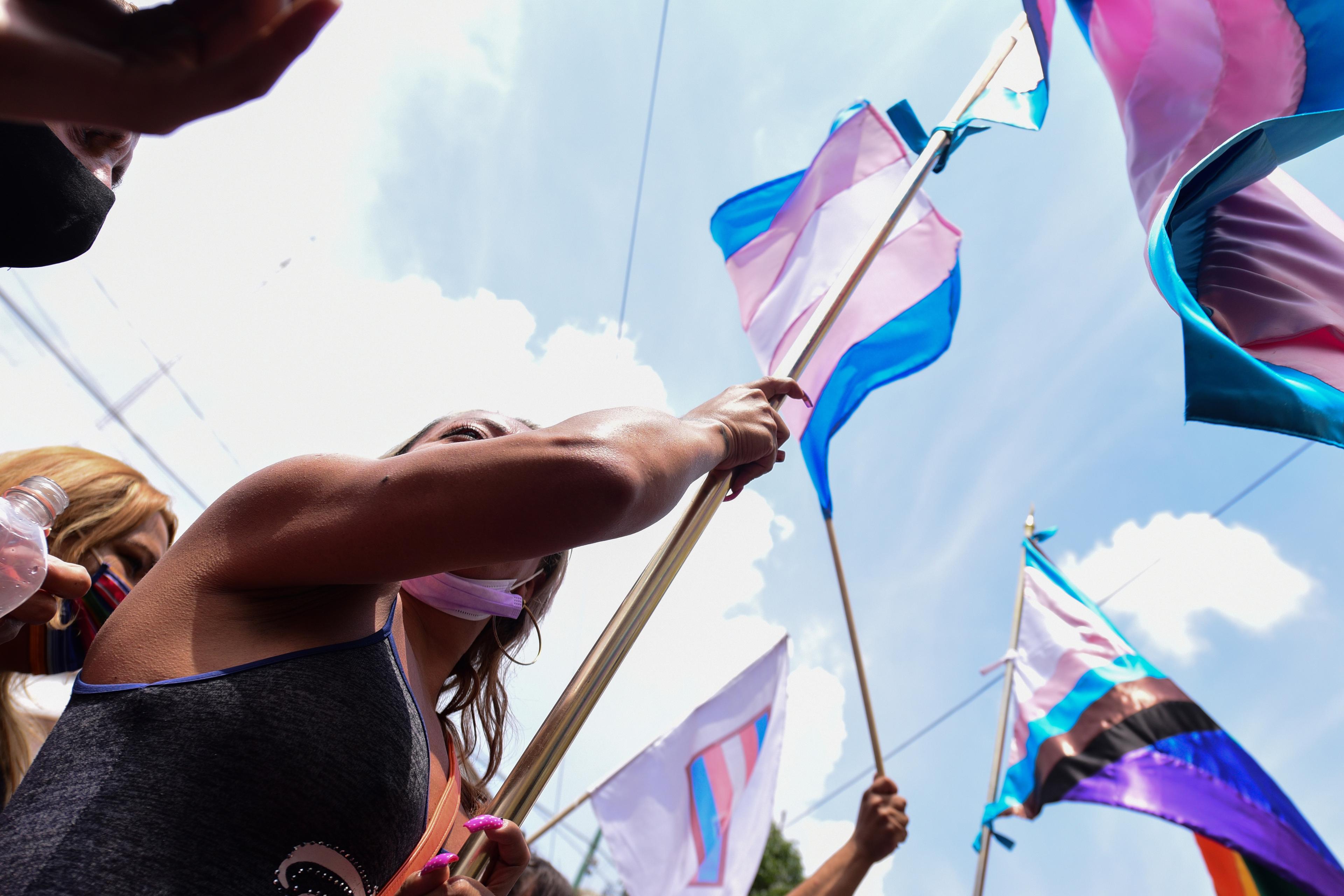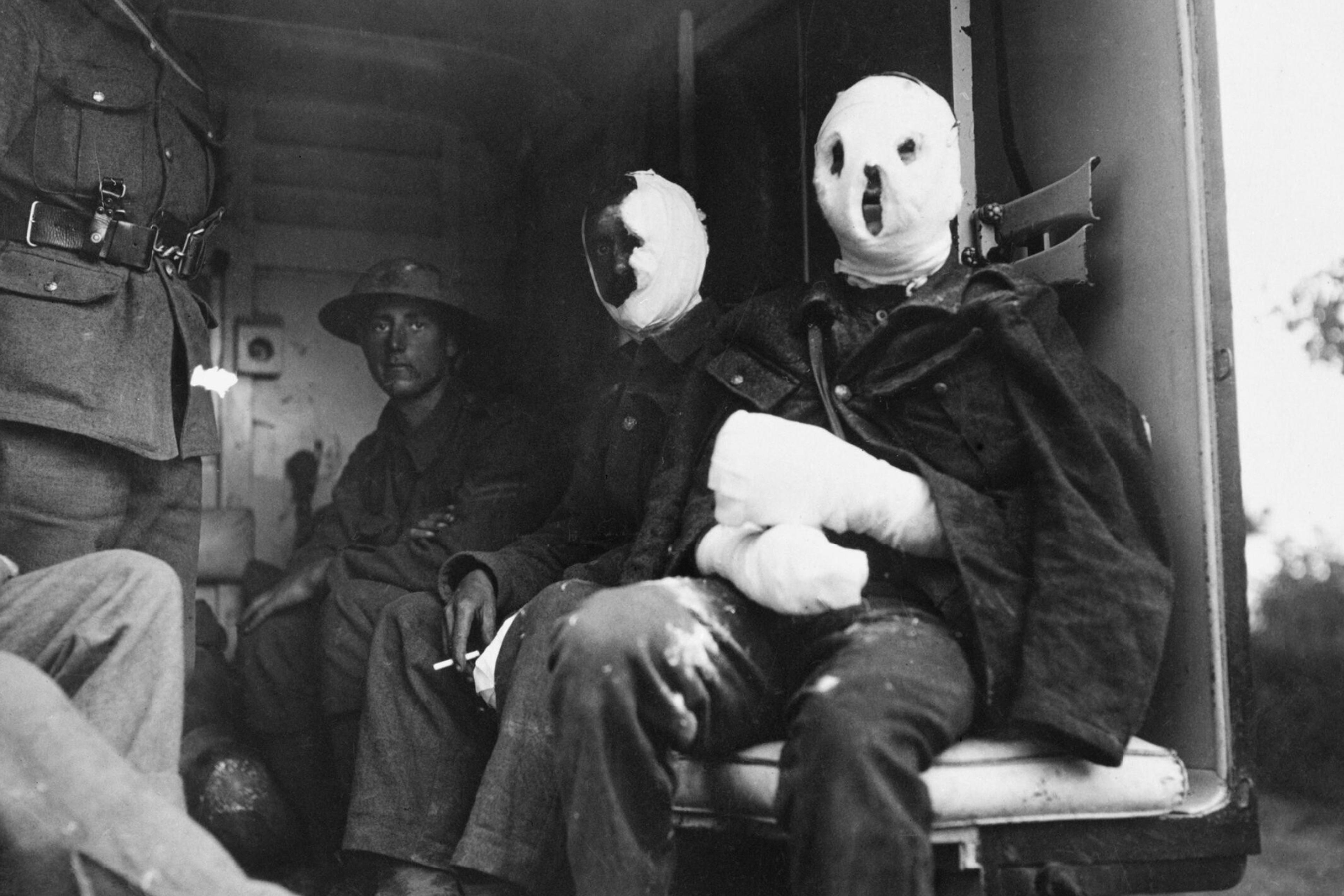Growing up, my mom had photos of me scattered throughout our house: a beautiful little girl with curly brown hair and an ever-mischievous smile. My mom would occasionally point to one of these photos and recount a memory associated with it, saying words like ‘her daughter’ and ‘her baby girl’. When I began transitioning and openly identifying as a man at the age of 20, I really struggled seeing those photos and hearing others refer to me in memories from the past. I wasn’t that girl with the long curly hair in the little floral dress, and I wasn’t anyone’s daughter. Yet, the person in those photographs and those early memories was still ‘me’.
So, how did I – indeed, how does anyone who experiences significant changes to their identity – manage to view themselves as the same person over time despite being drastically different than they were in the past? After all, no human life course is static – everyone constantly grows and changes to varying degrees, yet most of us manage to view ourselves as the same person across time.
Philosophers and psychologists have puzzled over this question for centuries. Most agree that memory is a key part of the process. As the psychologist Dan McAdams has argued, people regularly reflect on memories of their personal life events as a way to maintain a connection to their past and weave together a life story that makes sense of who they are today and how they came to be that person.
That ability to link past events to one’s developing and changing sense of self is important for mental and emotional wellbeing. For example, research shows that thinking about how past traumatic events have contributed positively to one’s current sense of self (for instance, by learning from those events or changing one’s outlook for the better) is associated with lower depression and anxiety, as well as greater psychological growth and a firmer sense of self. In contrast, other research shows the costs of struggling to form a coherent sense of self over time – for instance, one study of First Nations youth in Canada found that those who lacked a persistent sense of self were more at risk of suicidal thinking.
While we all attempt to maintain a coherent sense of self in our memories across time, this process becomes particularly complex – and enlightening – when considering transgender people. Transitioning from the sex you were assigned at birth to a different gender identity can be viewed as an interruption to one’s personal story. Transgender people might grapple with being seen by others as a gender other than what they know internally to be true. If they decide to physically transition, they must then navigate gradually aligning how they look on the outside with their internal beliefs. Despite these challenges, many transgender people say they feel a strong sense of continuity in their identity, for instance, through knowing about their transgender identity for most of their lives – in one study of 36 transgender youth, 64 per cent said they’d begun questioning their gender identify before puberty.
When I think back on my own childhood memories, I construct an alternative version of myself that more closely aligns with my current self-image
I have felt this same drive for self-continuity. I grew up in a small, conservative town, not even knowing what the word ‘transgender’ meant until I moved away for college. Nevertheless, I insist, to myself and others, that I have known my true identity my whole life. When I was younger, I may not have had the right words nor the knowledge that I could do anything about it, but, retrospectively, the little boy who lived inside of my head at age five has grown into the man who is writing this piece today. I would not have told this narrative in the same way before the age of 19 or 20, but it has been actively integrated into my life story, and reflects how I now understand what I was feeling then. Consistent with McAdams’s narrative perspective on identity, this assertion of continuity from past to present to future might be central for transgender people like me to view ourselves as continuous beings across time.
To aid these feelings of continuity in their sense of self, transgender people might also distance themselves from previous versions of their self that are inconsistent with their identity today. Consonant with this idea, the researchers Veronika Nourkova and Anna Ivanova found that transgender participants recalled fewer typical childhood memories than a control group of cisgender participants, and those childhood memories they did recall were more vivid and negative. This resonates with my experience. When I think back on my own childhood memories, I construct an alternative version of myself that more closely aligns with my current self-image (for example, by imagining a less feminine version of my younger self). If I don’t do this, my early memories provoke a discomfort and discordance that make me want to avoid reminiscing. Controlling my memories in this way allows me to maintain a connection to childhood and preserve a continuity in my sense of self.
My own struggles with reconciling my identity partly inspired the research I’ve been doing with Azriel Grysman, Jennifer Bohanek and Angela Lukowski to compare the ways transgender and cisgender people describe their autobiographical memories. We asked our participants to reflect on the phenomenological qualities of various memories including their earliest memory, a high point from their life, a low point, and a memory from the previous six months. Among other things, we asked them about the vividness of these memories, their coherence (whether they seem jumbled or told a coherent story), how positive or negative they were, whether they felt psychologically close to the memories, and, finally, whether they experienced the memories as if through their own eyes or from a detached perspective.
Transgender participants rated high points that occurred after coming out as more positive, vivid and cohesive, and more visual in nature
For most of the memories they described, we didn’t find any differences between our transgender and cisgender participants. However, we found that, when it came to their earliest memories, our transgender participants described them with greater psychological distance. In other words, they said these earliest memories felt psychologically ‘further away’ from their self at the time of the study. This chimes with my personal experience. I also feel a psychological divide between the child who my mom is calling her little girl in the photo at my childhood home and how I perceive myself today, as a man.
In our research, the way the transgender participants described their high-point memory varied based on whether it occurred before or after they’d come out as transgender to a parent. In general, they described a greater number of high-point events that occurred after coming out to a parent relative to before coming out. They also rated high points that occurred after coming out as more positive, vivid and cohesive, and more visual (from a first-person perspective) in nature, even when factoring out the influence of how long it had been since the event occurred. For our participants, seeing their high-point memories more positively was also associated with having fewer signs of depression and using fewer negative terms to describe themselves.
In short, our findings suggest that transgender people experience less psychological distancing when they describe high points in their lives that occurred after coming out as transgender. They also seem to recall these memories in greater detail. This suggests they find it easier to identify with their self in memories after coming out – probably because these memories feel like representations of their true self.
It’s not yet clear whether these memory processes are deliberate or happen naturally, as a way of distancing from personal memories that feel dissimilar to the current self. Based on research into the way that cisgender people re-evaluate their past selves as a means to shore up their current self-esteem, it’s certainly plausible that transgender people intentionally minimise memories from before coming out, to increase feelings of self-continuity across time and to solidify the authenticity of their current selves. Alternatively, there may be little, if any, conscious intention involved. The patterns we observed might simply reflect the fact that events from before coming out are more difficult to reconcile with existing views of the self and are therefore rated as psychologically further away, less vivid and coherent, and from a less clear visual perspective.
My colleagues and I would like to see more research on ways that memory processes help to construct and maintain an identity and understanding of the self over time. For transgender people specifically, further understanding how individuals maintain self-continuity as they navigate their transition journey is crucial. In a society that still largely views gender in an essentialist way, this is a group of people who are at heightened risk of mental health problems, often facing social isolation and a loss of relationships. That said, research suggests living as their affirmed gender can help mitigate these risks. The process of transitioning to an affirmed gender usually involves making changes to align how you look on the outside with how you feel on the inside. Any insights that help transgender people view themselves as a continuous person through this process will surely boost their confidence and foster feelings of security in their identity as they transition. Better understanding how transgender people sustain a continuous sense of self could also help others to support them, whether that be in more formal therapeutic settings or simply in the ways that friends and family talk about the past.
This line of research could also have important implications for anyone undergoing identity-altering events, such as coming out as a different identity under the LGBTQIA+ (lesbian, gay, bisexual, transgender, queer, intersex, asexual, plus additional identities outside of those listed) umbrella; experiencing the death of a child or partner; or managing a life-altering medical diagnosis, among others. Similar identity-preserving memory processes might be at play in all these contexts and being sensitive to, or facilitating, these processes could be one way to give people extra support. My colleagues and I hope that our ongoing research will support people as they work to achieve a stable and continuous sense of self, no matter what intense periods of change they encounter in their lives.








